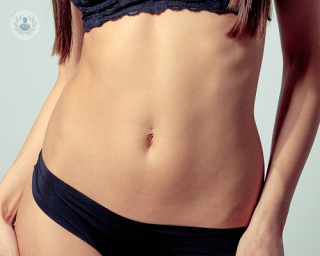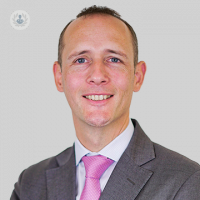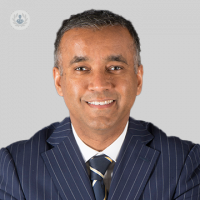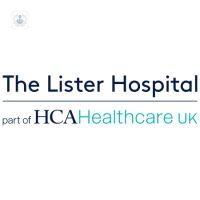Body contouring
Mr Simon Eccles - Plastic surgery
Created on: 07-20-2016
Updated on: 04-24-2023
Edited by: Conor Lynch
What is body contouring?
Body contouring, also known as body sculpting or body remodelling, includes all techniques, surgical or non-surgical, that aim to improve the skin’s appearance and achieve smoother contours. Body contouring is commonly done following dramatic weight loss, for example, after bariatric surgery to remove excess skin.

Why is it done?
Body contouring allows the removal of loose, sagging skin that can remain after weight loss. Significant weight loss may occur after weight loss surgery, following pregnancy, or from changes in diet. The loose skin that remains is not possible to shift with further diet and exercise, and would usually require treatment to smooth or remove.
What does it consist of?
Body contouring includes several options, both surgical and non-surgical. Among the non-surgical options, in addition to anti-cellulite creams and lotions that have only a superficial effect, is radiofrequency treatment that can eliminate fatty tissue without affecting the surrounding structures and, therefore, without damaging the body.
The most commonly used surgical options are tummy tuck (abdominoplasty), buttock lift, breast lift, arm lift (brachioplasty) and thigh lift. Liposuction is also used to remove excess fatty tissue.
Preparation for body contouring
Prior to surgical intervention, the specialist would carry out certain clinical tests to ensure you are suitable for the requested procedure(s). Any specific preparations needed for the given procedure would be discussed in detail beforehand with your surgeon. For most surgeries, it is recommended to suspend the use of tobacco and anti-inflammatory medications.
Aftercare
Some of the procedures done for body contouring can be performed on an outpatient basis. However, hospital stay will be required for more extensive cases. Your doctor will explain the aftercare expectations and any necessary follow-ups required.
What are the risks associated with body contouring?
There are quite a few risks associated with body contouring and the various surgical and non-surgical treatments involved. The main ones include the following:
- bleeding
- blood clots
- asymmetry
- nerve damage
- hair loss
- haematoma
- infection
- skin discolouration
- scarring
- skin rash
- swelling
- red skin















